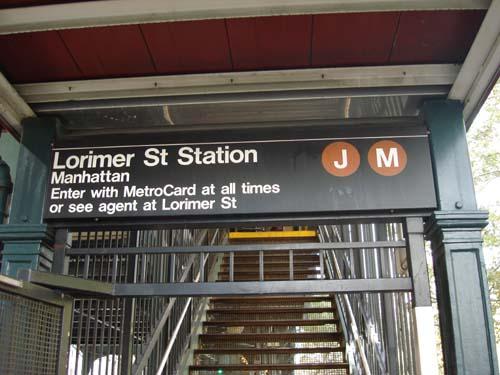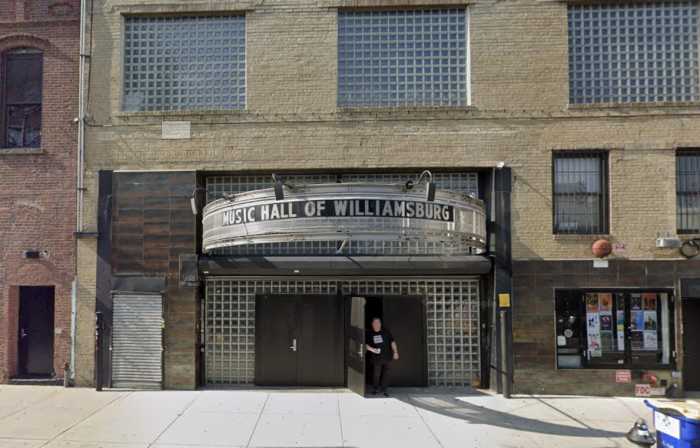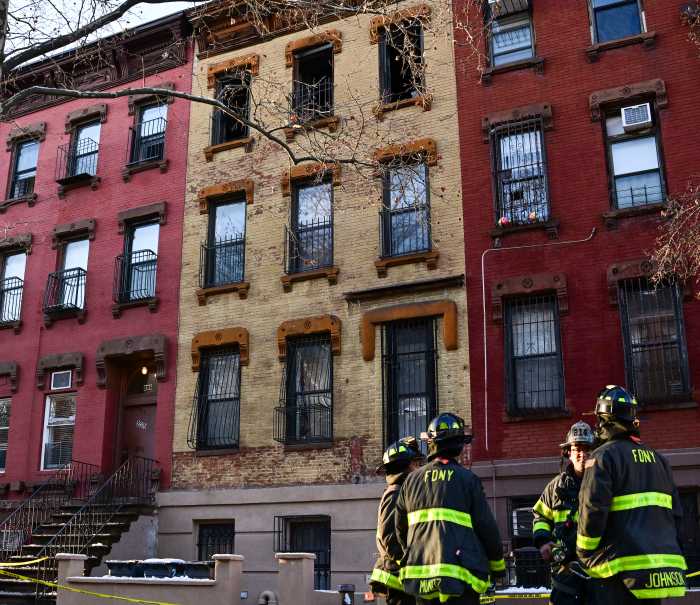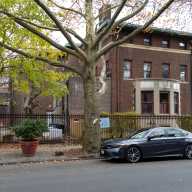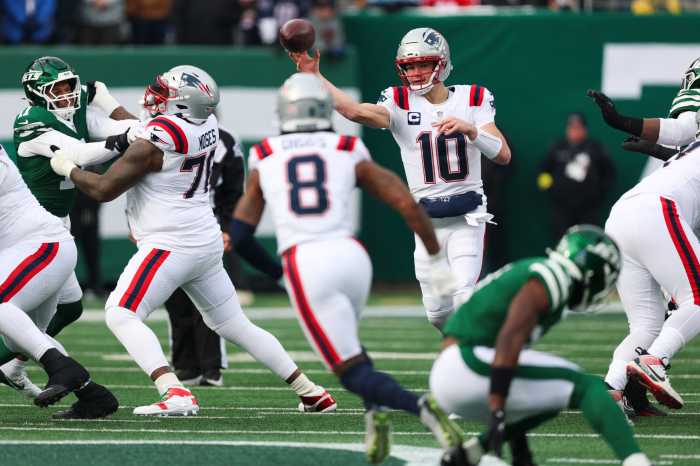The J/Z line provides relatively adequate service to South Williamsburg residents, but the M line does not.
Such were the results of the latest Straphangers Campaign line ratings, which judge subway lines in several categories such as service, seat availability and cleanliness.
Lines are scored on a scale of $0 to $2, the price of a one-way subway trip. The J/Z finished fifth overall with a score of $1.15, while the M was second to last with a $.75 rating.
The L finished first with a score of $1.40.
The J/Z received high marks for its regularity of service, or the percentage of trains that arrive without “bunching” or service gaps. Ninety-two percent of J/Z trains arrive at regular intervals, compared to 86 percent for the subway system as a whole.
The J/Z is also one of the least crowded. Riders who get on the train at the line’s most crowded stations have a 53 percent chance of getting a seat during rush hour. This compares favorably to the system-wide average of 43 percent.
The J/Z line comes every five minutes during rush hour, slightly better than the system-wide average of five minutes and thirty-three seconds.
On the negative side, 82 percent of the line’s cars have clean seats and floors, compared to the system average of 87 percent.
This relatively high rating doesn’t jibe with last fall’s MTA’s Rider Report Cards, where J/Z gave their line a C minus. Riders citing reasonable wait times, minimal delays during trips, and a lack of a feeling of security as their top concerns about the line.
While the J/Z “fared” well, its local counterpart, the M, did not.
It’s $.75 rating was owed largely to the 10 minutes that passes between trains during morning and evening rush hours, tied for the longest intervals between trains.
One out of every 104,00 M trains has mechanical problems that cause it to shut down. That rate makes it the sixth worst of all lines in the system, which has an average of one breakdown every 150,000 trains.
Like the J/Z line, the M also received low marks for cleanliness. Seventy percent of its cars are clean, making it the second dirtiest line in the city behind the G.
The M also did poorly in on-train announcements: Only 75 percent of the train’s announcements are both accurate and understandable, compared to the system-wide average of 85 percent.
The saving grace of the line is its availability of seats during rush hour at its most crowded station. M line riders have a 54 percent chance of getting a seat under these circumstances, compared to the system-wide average of 43 percent.
The line’s Rider Report Card – on which, like the J/Z, it received a C minus – reflected many of its problems. Riders listed reasonable wait times for trains, minimal delays during trips, and station announcements as their primary areas of concern.
To address the issue of reasonable wait times for many riders of the M, Councilmember Diana Reyna has lobbied the MTA to make the Lorimer Street station an express stop so the J can stop there. The Lorimer Street station is the second of three local M stops – it is sandwiched between the Hewes Street and Flushing Avenue stops – between the Marcy Avenue and Myrtle Avenue express stops.
During off-peak hours, the J stops at these three stops. But during rush hour, riders on these stops are beholden to the M and its 10-minute wait time.
“We’ve been working with the MTA on a plan to get the J to stop at Lorimer,” said Reyna spokesman Antonio Reynoso.
“Especially because the Lindsay Park houses are there, with all those seniors. We’re trying to accommodate them.”
Reynoso said Reyna’s office has leaned on the MTA to increase service on the J/Z and M lines in anticipation of the 15,000 new households expected to fill the high-rises on the Williamsburg waterfront once these apartment buildings are inhabited.


